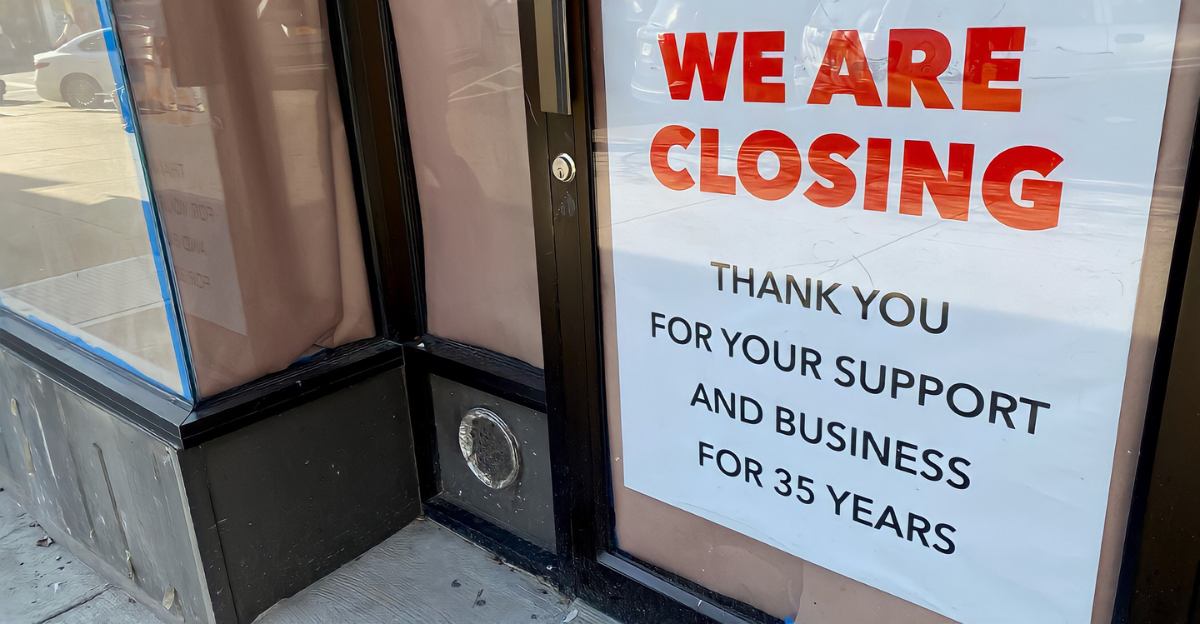
The U.S. retail landscape has seen drastic changes in recent months, with thousands of stores that shoppers relied on closing their doors in 2025 alone.
Two thousand retail stores have already closed for good, three times more than at the same time last year. This isn’t just about a few struggling businesses; it’s affecting familiar names that shoppers have grown accustomed to, like Party City, Walgreens, and Macy’s, which families have shopped at for decades.
Unprecedented Numbers
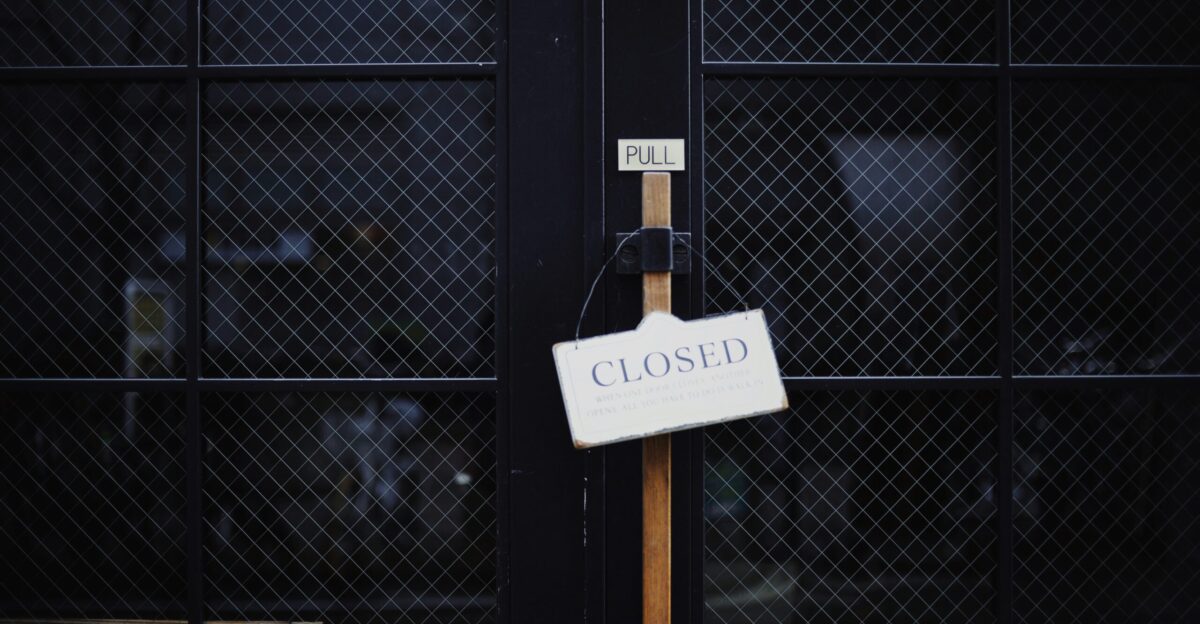
Industry experts have analyzed the unprecedented numbers and made startling predictions. Experts at Coresight Research predict that about 15,000 stores will close across the country in 2025—more than double last year’s total of 7,325 closures.
The prediction would be the equivalent of losing 41 stores closing down every day of the year. Meanwhile, according to the research firm, far fewer stores are expected to open this year, at only 5,800. With fewer stores opening and more closing, there would be a retail void in communities across the U.S.
Pressures

Pressures on the retail industry have been building for years, and finally reached a boiling point in 2025’s unforgiving economic environment. First, everything costs more now—from the products stores sell to the rent they pay and the workers they hire.
Second, people’s shopping habits have changed forever, with many preferring to buy things online rather than drive to physical stores. Third, competition from super-cheap online retailers like Temu makes it nearly impossible for traditional stores to match prices, according to Coresight Research CEO Deborah Weinswig. The nail in the coffin for many retail stores is bankruptcy.
Financial Problems
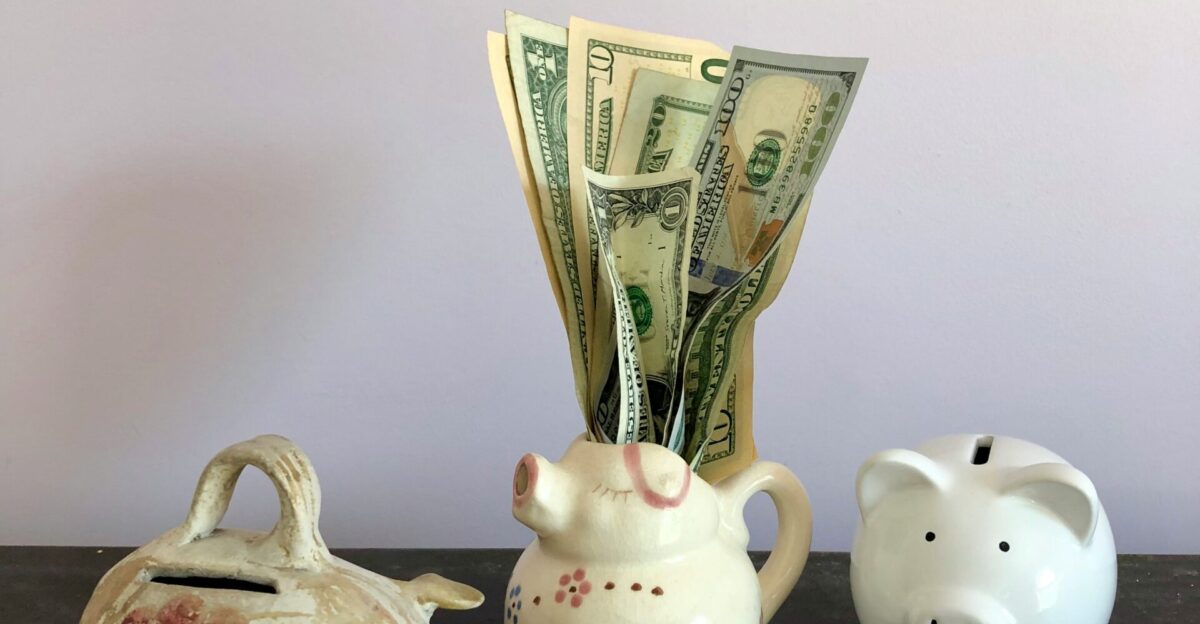
Behind many store closures are serious financial troubles that have been building for years. In 2024, 51 major retail companies filed for bankruptcy—more than double the number in 2023. According to the Private Equity Stakeholder Project, private equity-backed companies accounted for 56% of corporate bankruptcies in 2024.
Businesses are forced to close stores to cut costs when they can’t pay their bills or loans. Several big names have faced unprecedented store closures in the past few years.
Closures
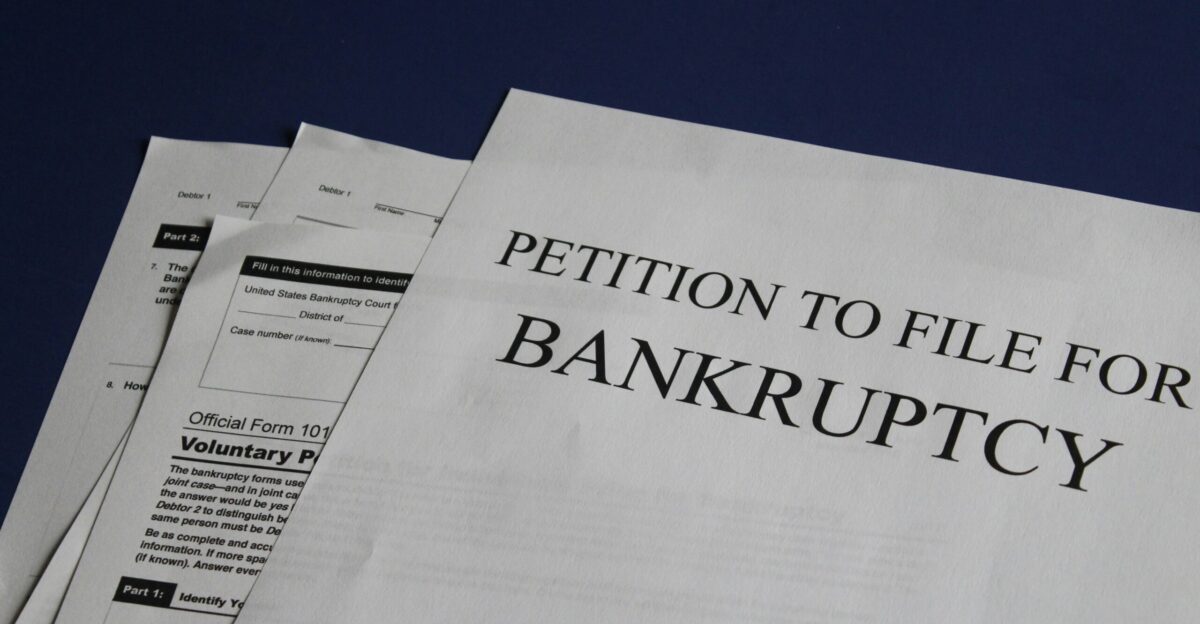
Big players in the retail landscape have had to close hundreds of stores across America as profits plummet, foot traffic declines, and debt skyrockets. According to extensive financial analysis from Moody’s Ratings and S&P Global, the retailers facing the highest bankruptcy risk in 2025 fall into several distinct categories.
According to industry tracking data, companies that have already filed for bankruptcy or complete liquidation are at the extreme risk level—Party City (738 stores closed), Big Lots (601 closures), Joann Fabrics (800 stores shutting down), and Rite Aid (1,240 locations closing). High-risk retailers include At Home and Guitar Center. These closures affect the companies and have a large impact on communities.
Local Impact
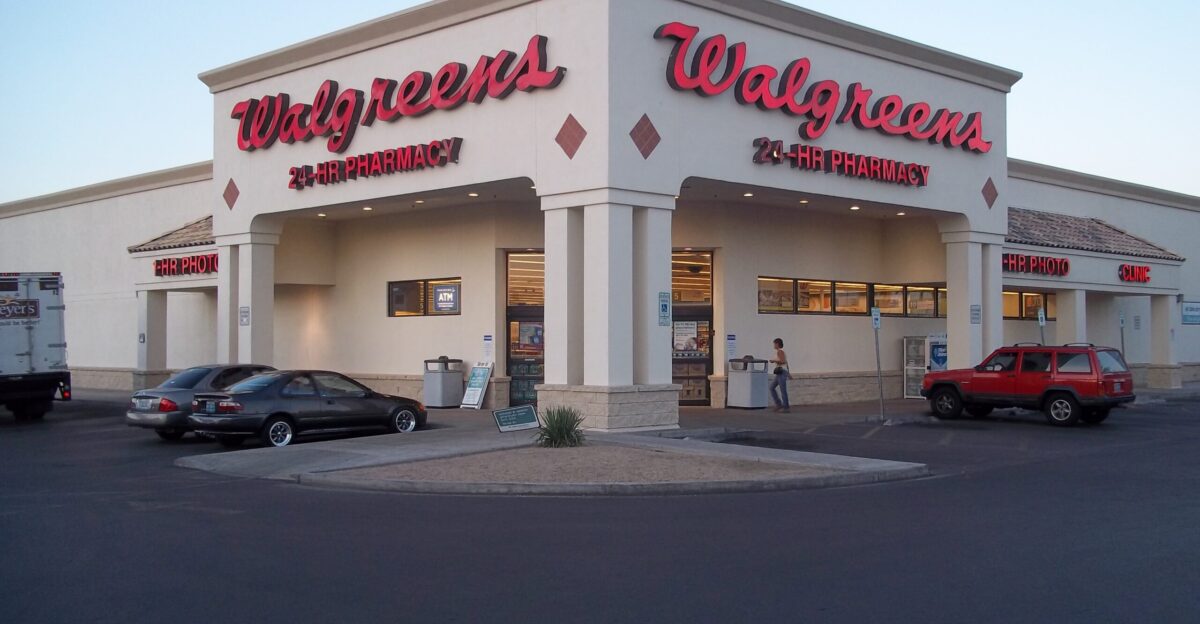
When stores close, entire communities feel the impact beyond having fewer shopping places. According to Newsweek reports, California is losing dozens of pharmacy locations, while New York faces the elimination of multiple neighborhood stores that people depend on for prescriptions and daily necessities.
In late February, twelve Walgreens locations in San Francisco alone closed within just four days, forcing residents to travel much farther for basic needs, as reported by local news outlets. These businesses also provided many jobs for locals, who are now forced to find work elsewhere.
Job Cuts

The human impact is staggering: according to industry data by The Independent, retail layoffs jumped 274% in early 2025, with 75,082 job cuts compared to just 20,276 the year before.
Many companies don’t offer severance pay when stores close down, displacing employees in a challenging job market.
Benefitting From Struggle
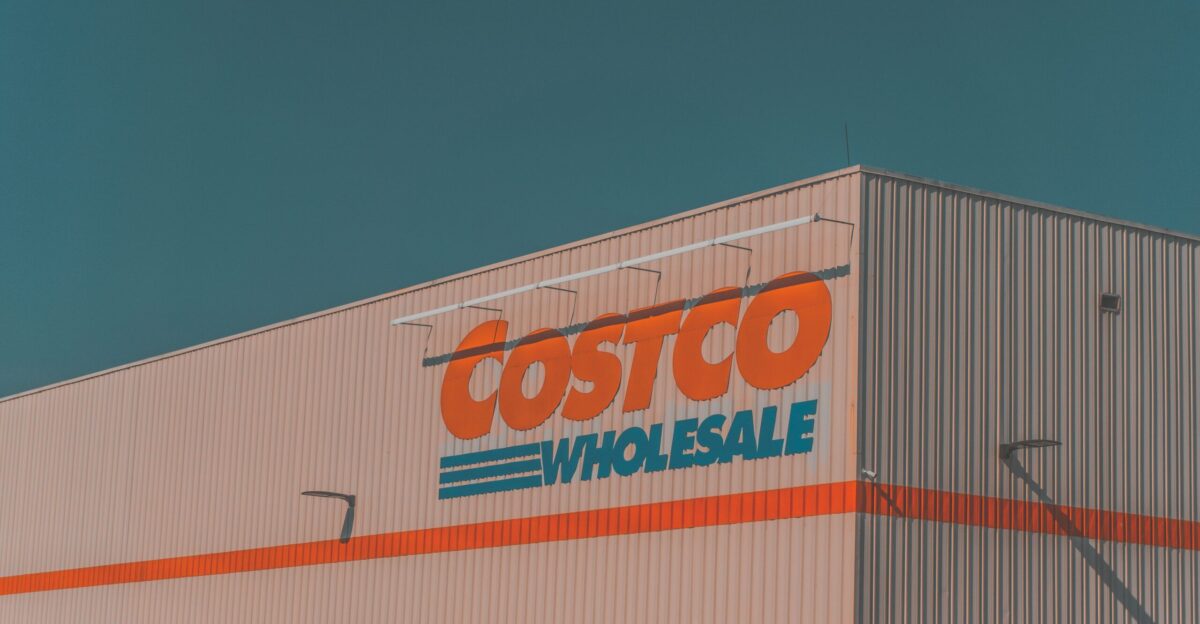
Some businesses benefit from having fewer competitors. According to Forbes reports, Walmart and Costco are gaining customers because they offer low prices and the convenience of buying everything in one place.
As industry analysts have reported, Amazon continues dominating online shopping and even pharmacy services, taking business away from traditional drugstores. Other businesses thriving are ultra-cheap online stores like Temu and Shein, which attract millions of Americans with incredibly low prices that physical stores cannot match, according to retail experts. This trend highlights the rapidly evolving consumer market.
Consumer Behavior

American shopping behavior has fundamentally changed, according to consumer research data. 73% of people now switch between online and physical stores multiple times before buying anything.
Industry studies report that online shopping now accounts for nearly one in five dollars spent on retail, and that number keeps growing every year. The modern consumer wants the best of everything: fast, reliable service, convenience, and the best prices. Many stores cannot keep up with rivals that offer more than consumers want.
The Future Outlook
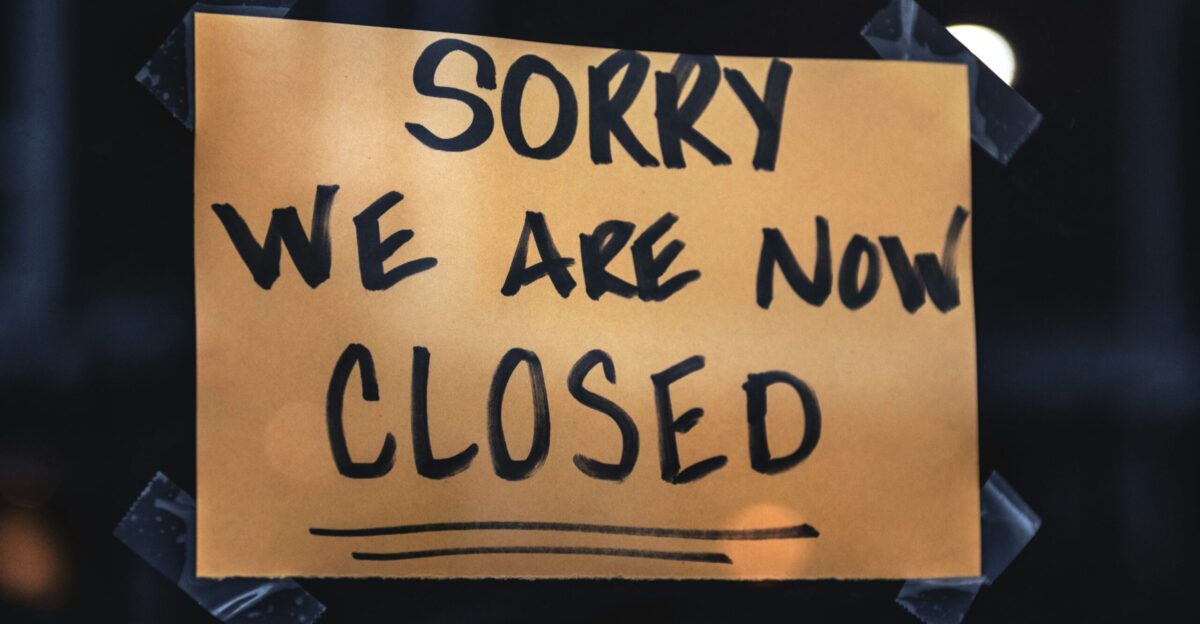
According to Deloitte’s retail outlook, the massive closures in 2025 are the beginning of an even bigger transformation that could reshape how and where Americans shop for years.
As industry experts report, stores that successfully adapt to new technologies and customer expectations could emerge stronger, but there will be far fewer of them.